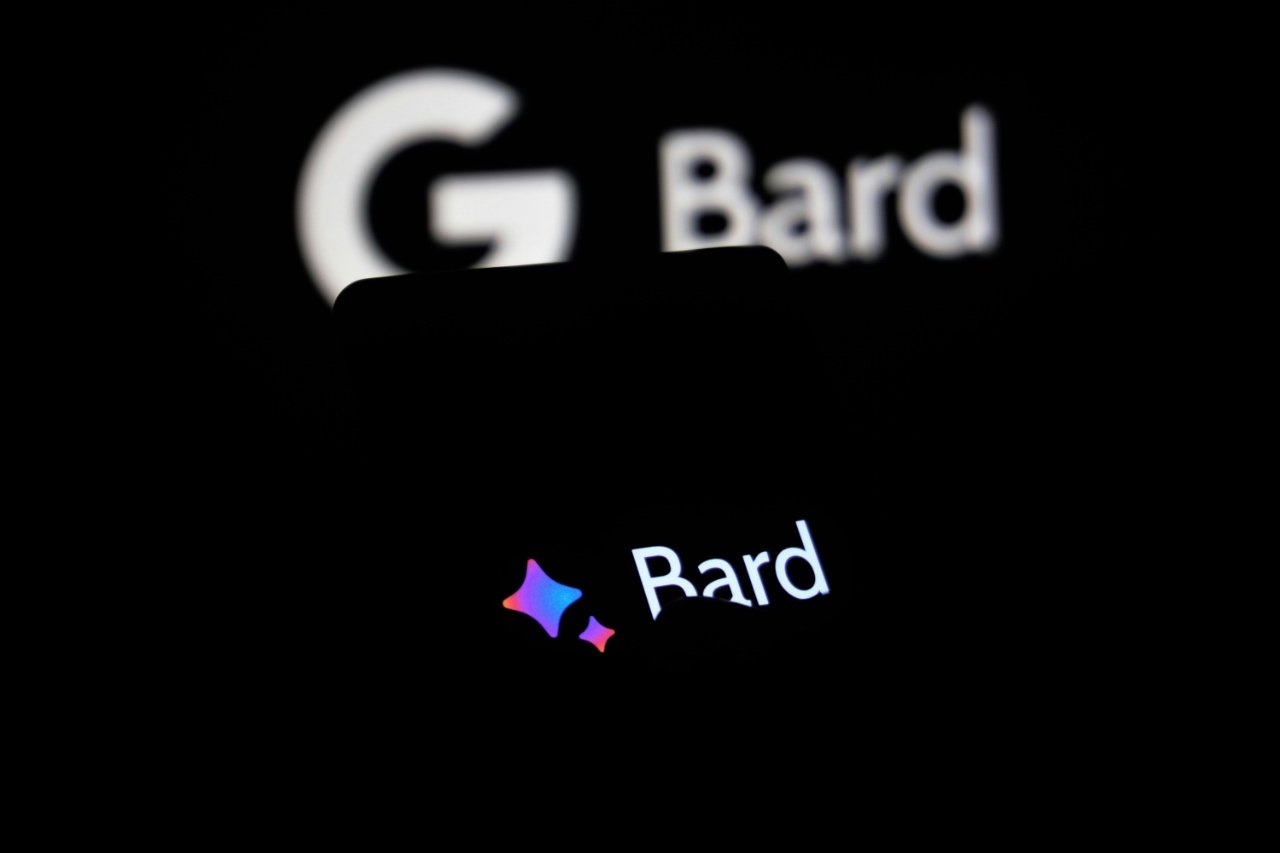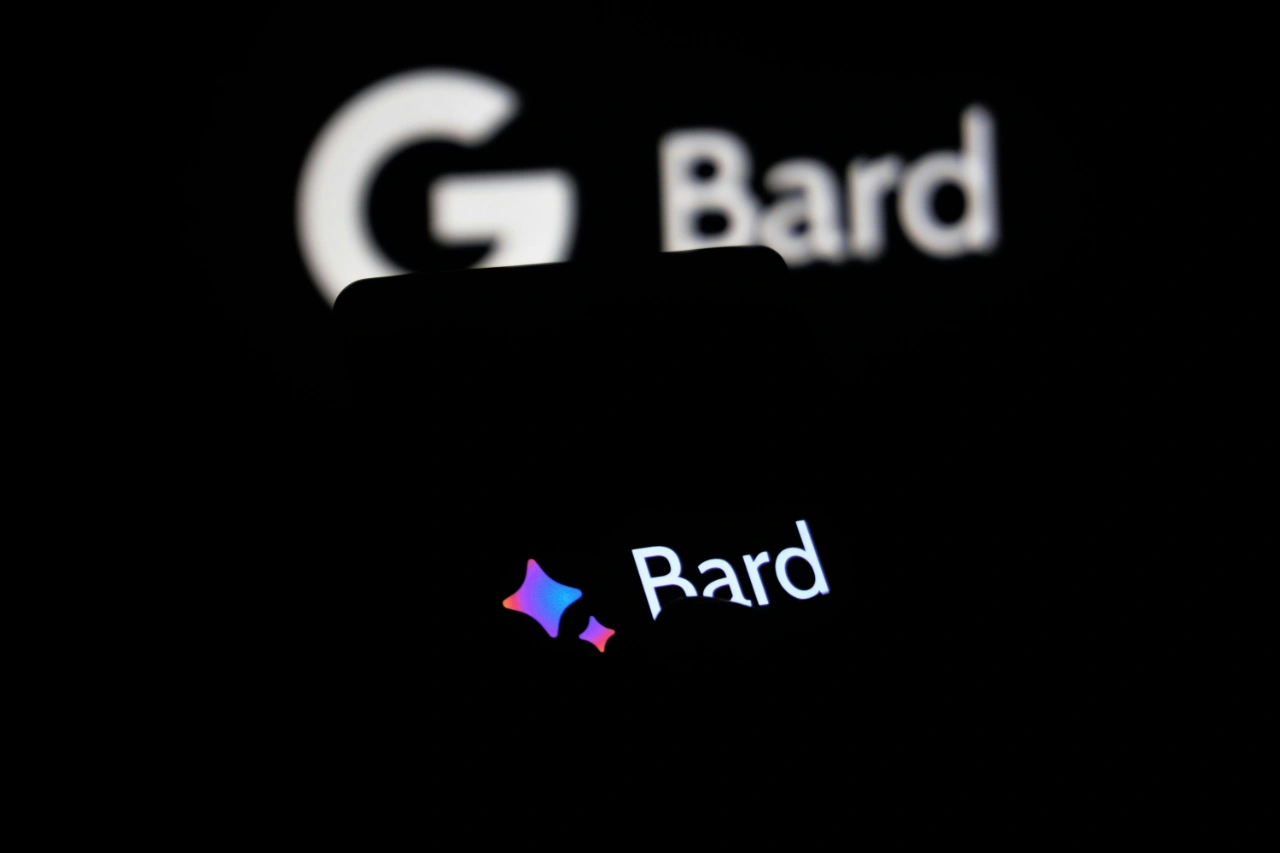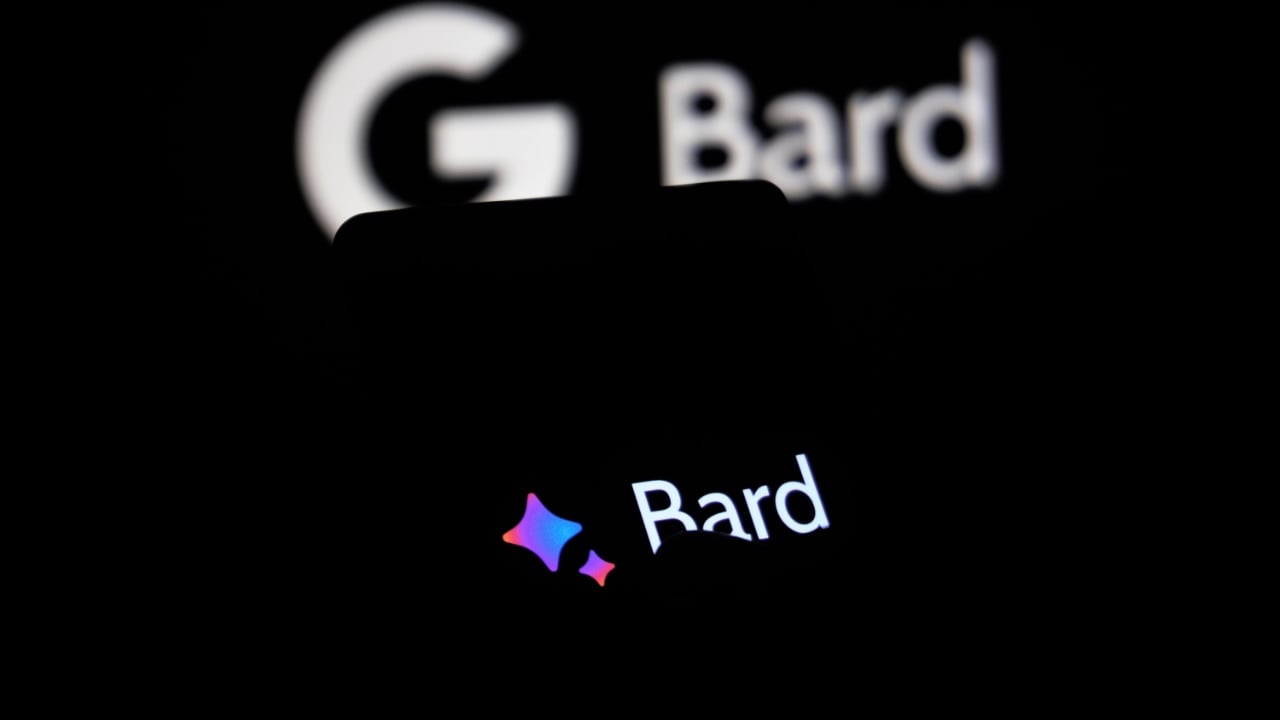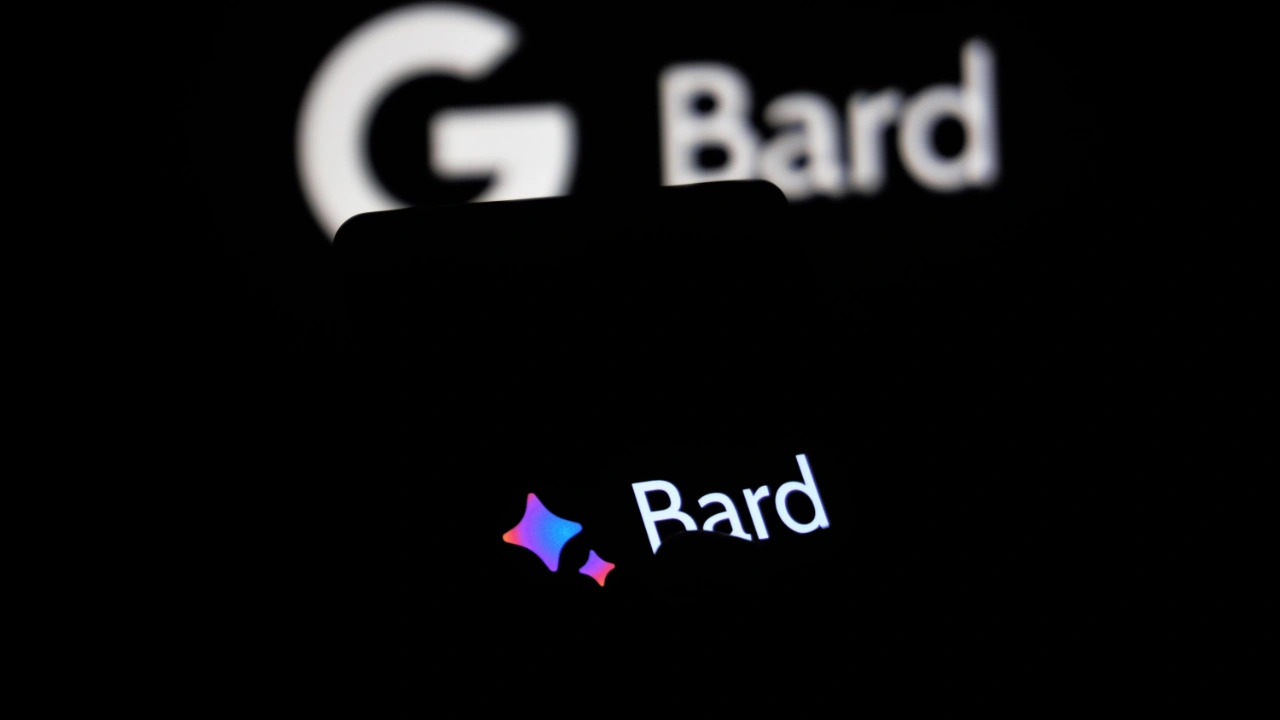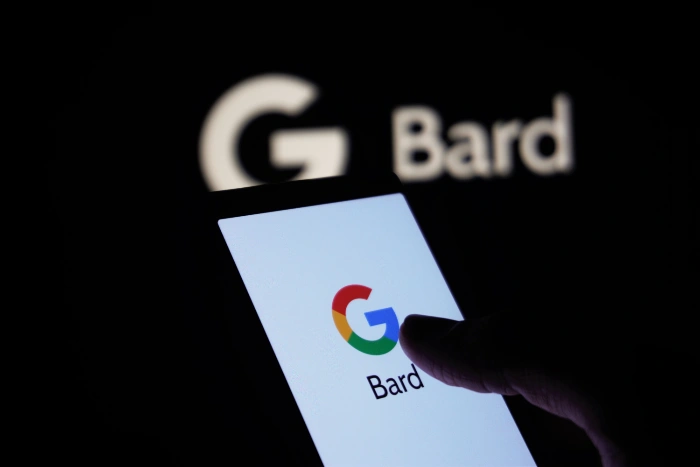
In the dynamic and ever-evolving landscape of the digital age, the ability to stay productive and organized is not just an advantage but a necessity for thriving. The demands of modern life require us to be adept at multitasking and efficient in our endeavors, whether that means a student navigating the complexities of a rigorous academic schedule, a professional balancing the intricacies of multifaceted business projects, or any individual who is keen on optimizing their day-to-day productivity for personal growth.
Amidst this backdrop, Google Bard emerges as a cutting-edge, AI-driven language model that promises to redefine the paradigms of productivity and organizational methods. It stands at the forefront of technological innovation, equipped with an expansive repository of information and an exceptional capacity to process and synthesize data into coherent and imaginative textual outputs. Bard is not just a tool but a digital ally that offers a plethora of functionalities designed to simplify your tasks, elevate the quality of your communication, and empower you to meet your targets with increased precision and efficiency.
Unveiling the Power of Google Bard
Google Bard represents a significant leap forward in the realm of artificial intelligence, standing as a testament to Google AI’s commitment to innovation. As a sophisticated large language model (LLM), it has been meticulously trained on a vast corpus of text and code, surpassing the capabilities of traditional search engines that typically yield a list of relevant websites. Bard’s advanced algorithms enable it to grasp the nuances of complex queries, providing responses that are not only accurate but also contextually rich.
This intelligent system is adept at navigating a diverse array of requests. It can seamlessly generate various creative and professional text formats, making it a versatile companion for a multitude of tasks. Whether you’re in need of inspiration for creative projects, assistance in structuring your daily itinerary, or support in crafting articulate emails and comprehensive reports, Bard stands ready to assist.
Its intuitive interface belies the intricate machinery under the hood, designed to interpret and engage with your questions in a conversational and informative manner. The result is a user experience that feels natural and interactive, akin to a dialogue with a knowledgeable assistant. Google Bard’s capacity to synthesize information and present it in a user-friendly format renders it an indispensable resource for professionals, students, and anyone in between who seeks to enhance their productivity and communication skills in the digital domain.
Streamlining Your Workflow with Google Bard
Tackle Tasks with Precision: Break down large projects into smaller, manageable tasks using Bard’s task management capabilities. Create detailed to-do lists, prioritize tasks based on urgency and importance, and set realistic deadlines to stay on track.
Organize Your Time Effectively: Utilize Bard’s calendar integration to schedule appointments, meetings, and deadlines seamlessly. Set reminders for important events, track your progress on projects, and identify potential conflicts in your schedule.
Capture and Organize Information: Leverage Bard’s note-taking capabilities to capture ideas, snippets of information, and important links. Organize your notes by topic or project, and easily search for specific information when needed.
Enhancing Communication with Google Bard
Craft Compelling Emails: Compose clear, concise, and professional emails with Bard’s assistance. Generate email drafts, proofread for errors, and suggest appropriate tone and style for your intended audience.
Create Engaging Presentations: Develop captivating presentations using Bard’s storytelling and presentation skills. Generate outlines, craft engaging content, and design visually appealing slides to captivate your audience.
Write Persuasive Documents: Produce persuasive proposals, reports, and other documents with Bard’s writing expertise. Structure your arguments effectively, use impactful language, and ensure your writing is grammatically correct and free of errors.
Unleashing Creativity with Google Bard
Brainstorm Innovative Ideas: Overcome creative blocks and generate fresh ideas with Bard’s brainstorming capabilities. Explore new concepts, identify potential solutions, and challenge conventional thinking.
Compose Creative Content: Write engaging blog posts, captivating short stories, or even scripts for videos or plays. Experiment with different genres, styles, and tones to express your creativity.
Translate Languages Effortlessly: Break down language barriers and communicate effectively with Bard’s translation capabilities. Translate text, documents, and even conversations in real time to connect with people worldwide.
Embracing the Future of Productivity with Google Bard
Google Bard stands as a monumental advancement within the sphere of AI-driven productivity enhancers. Its sophisticated design allows it to comprehend natural language with remarkable precision, enabling it to craft text in a multitude of creative formats that resonate with human readers. Moreover, Bard’s prowess extends to its ability to tap into a vast reservoir of real-world information, processing it swiftly to deliver insights and answers that were once beyond the reach of traditional digital tools.
This tool is more than just a technological marvel; it is a transformative asset for both individuals and enterprises aiming to refine their productivity strategies and realize their ambitions with greater efficacy. Google Bard’s nuanced understanding and versatile output capabilities equip users with a powerful ally in the quest for organizational excellence and goal attainment.
As the trajectory of AI innovation ascends, tools like Bard are set to become central figures in the narrative of the future workplace and personal efficiency. These advancements herald a new era where the fusion of human ingenuity and artificial intelligence can lead to unprecedented achievements. By adopting these technologies and mastering their use, we stand on the cusp of unlocking potentials that redefine efficiency, bolster creativity, and pave the way for accomplishments that align with the zenith of our aspirations.
Filed Under: Guides
Latest timeswonderful Deals
Disclosure: Some of our articles include affiliate links. If you buy something through one of these links, timeswonderful may earn an affiliate commission. Learn about our Disclosure Policy.






